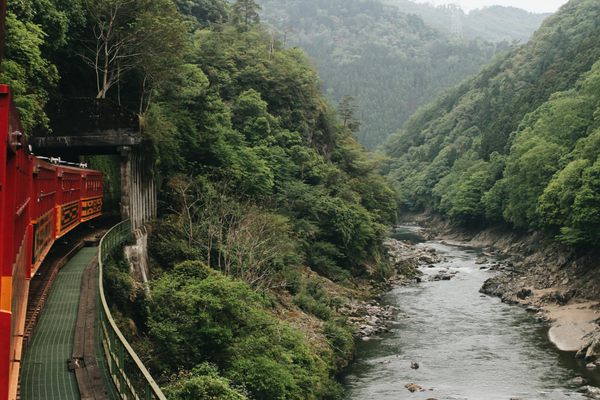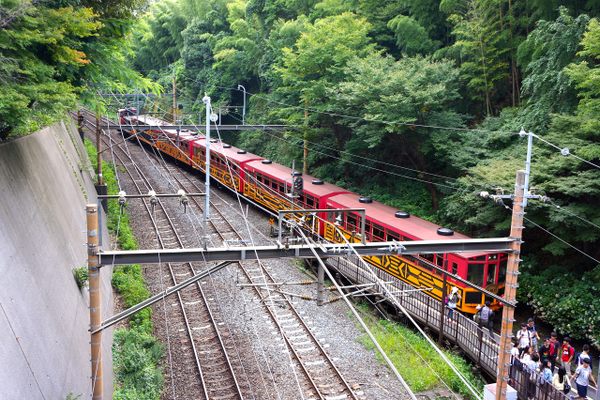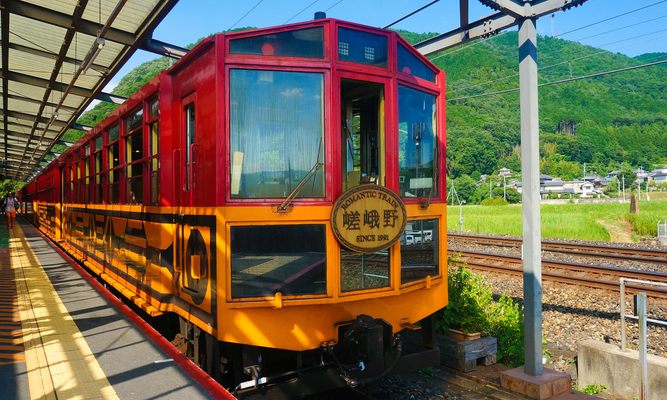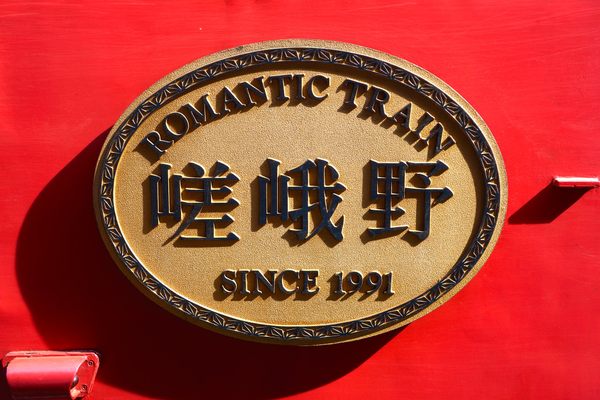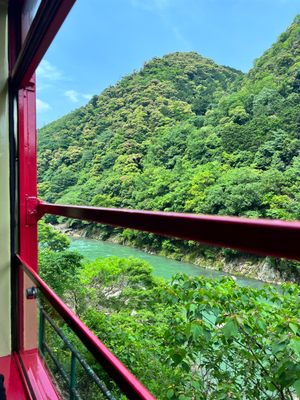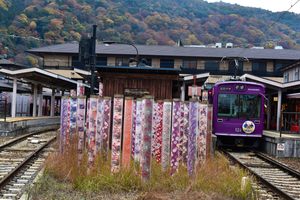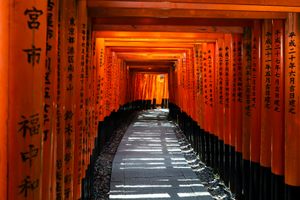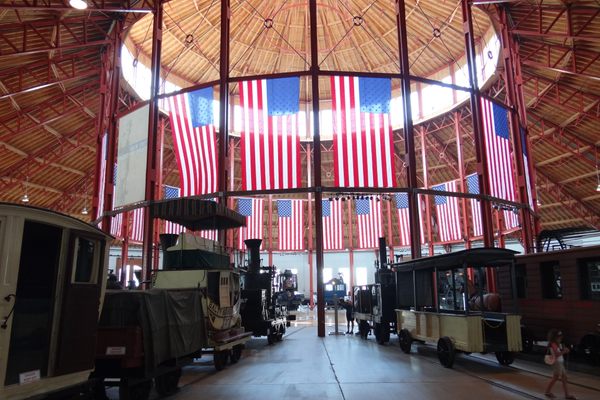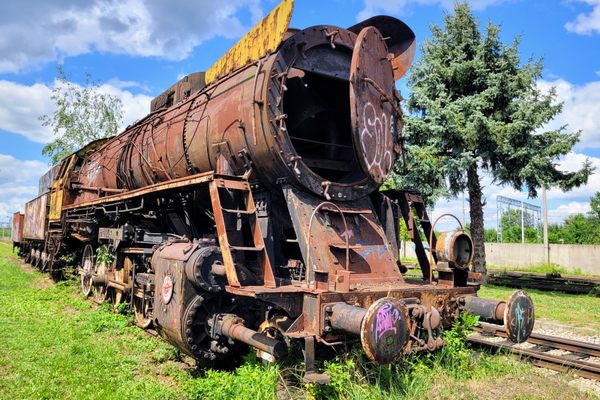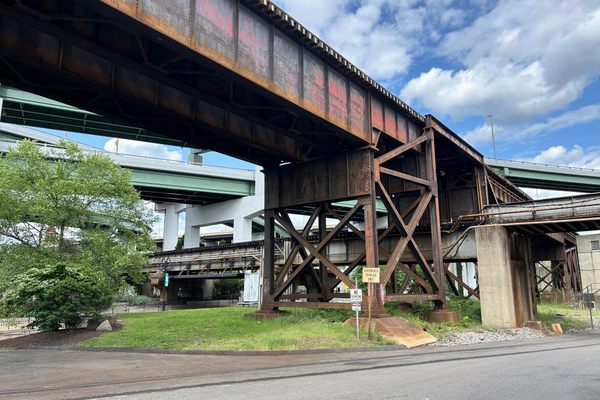About
It is hard to think of Kyoto without associating it with the green lushness of Arashiyama Bamboo Forest. Yet, the Sagano Scenic Train, also known as Sagano Romantic Train, is often overlooked by visitors who disembark at the same station for a day trip to the bamboo forest. For those unaware, the train seems to be bound for residential towns beyond a small forest—and yet, this is exactly where its modest beauty lies.
Trace the route of the Sagano Scenic Train and you will find that it is intimately entwined with the curves of the Hozugawa River. The winding route lies in stark contrast to the JR Sanin Line which simply cuts through the mountain range.
The route of the Sagano train was originally part of the JR Sanin Line until 1989. However, its leisurely, meandering pace proved insufficient for locals in the area who needed to get to central Kyoto quickly. A new line was built, and the old Sagano tracks were outfitted with nostalgic, old-fashioned carriages for a second life as a scenic route.
Passengers of the open-air Sagano train emerge from the drafty darkness of the first mountain tunnel to be greeted with panoramic views of the ravine. On sunny days, the river even presents as a brilliant deep turquoise. The scenery changes dramatically depending on the season—the surrounding slopes can vary from the pale pinks of sakura to the warm, vibrant shades of autumn. It is almost as if you got a front seat to the highlight reel of the colors of Japan.
Visitors may alight at any mountainous station for additional treks, but most make the full journey to the terminal stop, Torokko Kameoka Station. It sits just outside of the mountain range and seems to be situated in the middle of nowhere. Here, many obasans (a Japanese term for aunts or older women) would alight to take pictures with the charming, old-timey exterior of the train, before re-embarking for the return journey. Other passengers would walk to the nearby JR Umahori station for a more direct (and cheaper) train back to central Kyoto.
It is this unremarkable walk that provides an authentic glimpse into the lives of farmers in suburban Kyoto. Should you decide to slow down behind the throng of tourists rushing for the train, you'd suddenly find yourself standing quietly among wide expanses of rice fields, free to explore the quiet roads and neighborhoods that border the fields. If you arrive in the evening, you could even find an elevated spot to watch the sunset over the sparkling waters of the fields. As of 2024, a well-paved road has been constructed for horse carriages during the day.
After boarding the Kyoto-bound train at JR Umahori station, you may return to Kyoto or alight once more at JR Saga-Arashiyama Station. An unforgettable, top-quality onsen can be found at Fu-fu-no-yu, just a short walk away. It is one of the best ways to end a day trip to the Arashiyama area.
Related Tags
Know Before You Go
Reserve your seats early. If you plan to spend a full day at Arashiyama, purchase your tickets once you arrive from Kyoto at JR Saga-Arashiyama station. Follow the signs to the adjacent Torokko Saga Station and reserve your preferred timing. It costs 880 yen for a one-way trip.
It may be possible to choose your seats if you are early enough. Pick the right side if you are leaving from Torokko Saga Station, or the left side if you are bound for Torokko Saga Station. You will get sweeping views of the valley together with the bright colors of the train making bends.
Hidden Japan: Sado Island, Nara & Kyoto
Explore a different side of Japan.
Book NowPublished
June 7, 2021
